Boost Tundish Life: Key Strategies for Continuous Casting Efficiency
Author: SAIVS Date Published: Feb 17,2025
Enhancing Continuous Casting Tundish Life: Key Measures and Strategies
Introduction
The continuous casting tundish plays a pivotal role in the steel production process, directly influencing the number of continuous casting furnaces in a single ladle. However, the instability of tundish life can lead to increased production costs and operational inefficiencies. This article delves into the critical factors affecting tundish life and outlines effective measures to enhance its durability and performance.
Factors Affecting Tundish Life
Several factors contribute to the deterioration of the continuous casting tundish:
Severe Erosion in the Impact Zone: The working layer in the impact zone undergoes significant erosion during the pouring process.
Floating of the Impact Plate: This can lead to uneven wear and tear.
Expansion of the Working Layer: This can cause material collapse, further reducing tundish life.
Measures to Improve Tundish Life
quality of Dry Materials
Analysis and Comparison: Regularly analyze the physical and chemical indexes of dry materials. Focus on the magnesium oxide content, magnesia particle size, and crystallinity.
Trial and Evaluation: Conduct trials to determine the planned service life of the materials, ensuring an optimal aggregate ratio to maintain the strength of the working layer.
Angle of Large Package Casing
Inclination Control: Adjust the inclination angle of the long casing to 5-10° towards the opposite direction of the outer wall of the impact area. This helps in moving the vortex of the flow field to the middle area of the tundish, reducing erosion.
Length and Depth of the Tundish
Adjustment of Long Sleeve: Modify the length of the long sleeve to control the depth of immersion into the tundish liquid level. Aim for a stable liquid level with an immersion depth of 200-300mm to minimize erosion.
Impact Plate Seams
Viscosity Control: Ensure the joint material of the impact plate has the right viscosity. After overlapping, rotate the upper impact plate 360° to achieve uniform joint material, preventing gaps.
Dry Material Around the Impact Plate
Manual Filling: Use special tools to manually fill the dry material around the impact plate, avoiding vibration blind zones that weaken strength.
Height and Design: Keep the dry material higher than the impact plate and design the bottom of the impact area to be concave, enhancing vibration effects and preventing plate floating.
Baking Process
Customized Baking: Develop a baking process tailored to the steel plant's conditions. Extend low and medium heat baking times to improve quality, preventing working layer expansion or collapse post-baking.
Conclusion
Implementing these measures can significantly enhance the life of the continuous casting tundish, leading to more stable production and reduced costs. Regular analysis, proper material selection, and precise control of operational parameters are key to achieving optimal tundish performance.
Why Choose SAIVS™ as Your Supplier?
1.Superb Quality Control Management
At SAIVS, we take pride in our perfect quality management systems and procedures, which guarantees the excellent performance of all our producs, being a professional Investment Casting | Die Casting| Sand Castingmanufacturer in China.
2.Rich Production Experience
With 20 years of experience in production, SAIVS has a deep understanding of the market and trends, and strives for continuous research and innovation. This has created advantages in both the product's performance and appearance.
3.Competitive Prices
As a Chinese factory committed to becoming the most cost-effective Investment Casting | Die Casting| Sand Castingexporter in China, SAIVS provides high-quality products at advantageous prices. By lowering costs and increasing efficiency, we ensure that our customers receive the best possible value for their investment.
4.Perfect After-sales Service
At SAIVS, we strive to provide superior customer service that meets and exceeds expectations. We are always available for any questions or concerns you may have, and we stand by our commitment to providing excellent after-sales support.
Related Posts
-
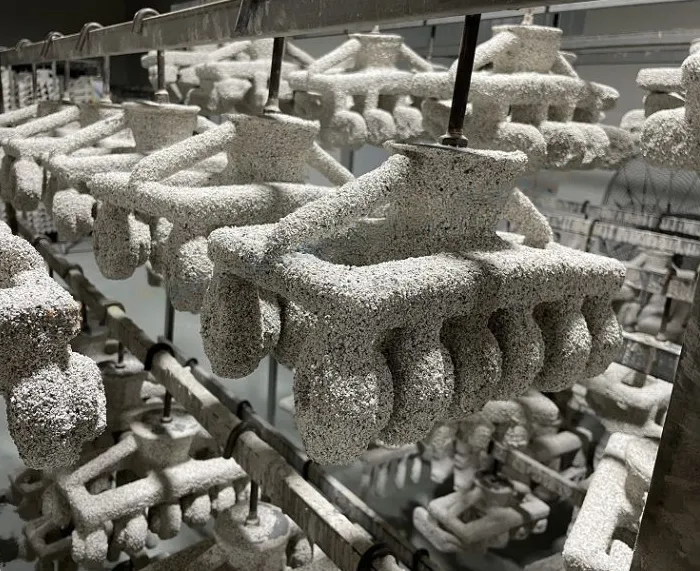
Investment casting: a comparison between stainless steel and aluminum
Investment casting is a widely used manufacturing process that allows the production of complex and intricate metal components with high dimensional accuracy. W...
-
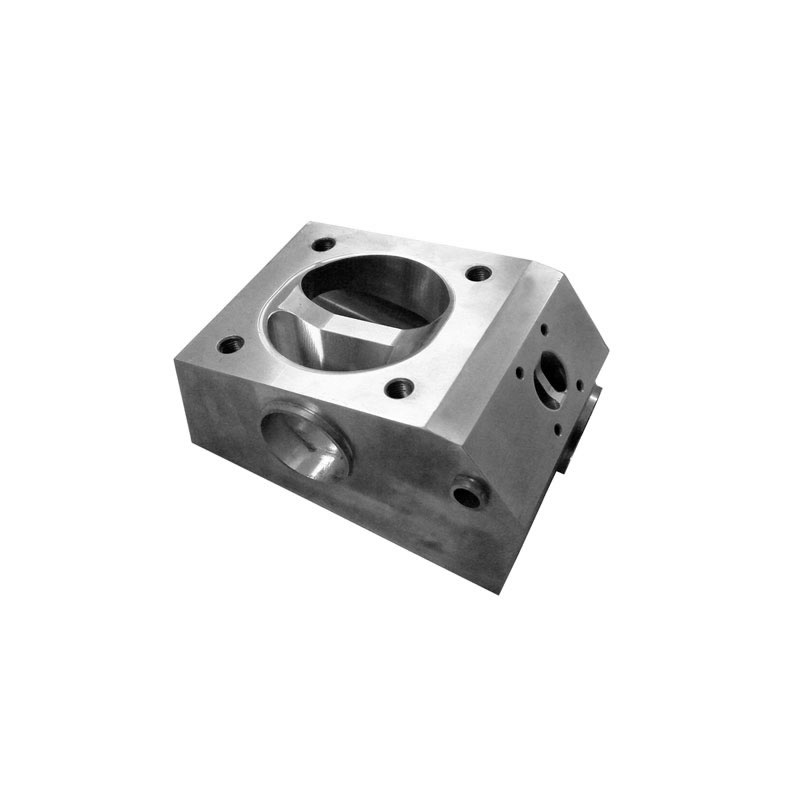
Brief analysis of the characteristics and advantages of aluminum die casting
Briefly analyze some characteristics and advantages of aluminum die casting.Aluminum die casting is a very popular manufacturing method in the process of produc...
-
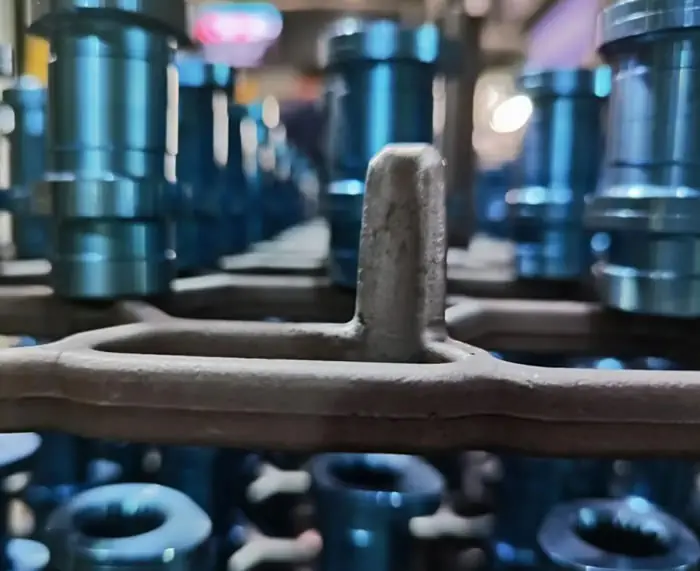
How Vacuum Prevents Oxidation in Steel Heating
Introduction:Vacuum furnaces are specialized equipment used in heating processes that take place under low-pressure environments. The unique feature of a v
-
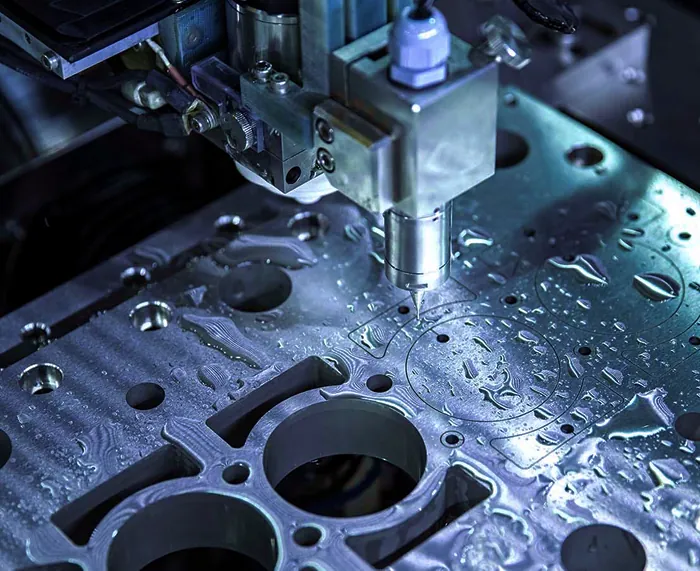
5 CNC Machining Materials
AluminumAluminum is one of the most popular materials for CNC machining due to its excellent machinability, lightweight nature, and resistance to corrosion
-
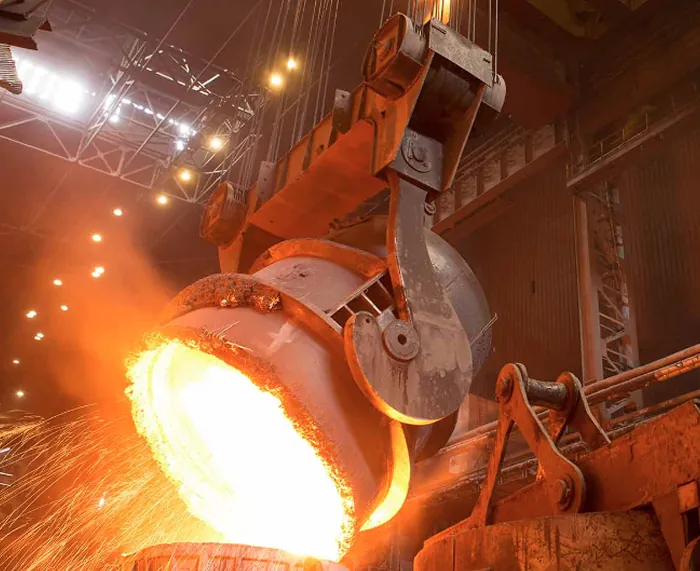
Selecting Metals For Various Die Casting Methods
Die casting is a manufacturing process used to shape metal and produce complex metal parts using reusable molds called dies. Die casters utilize a die casting m...
-
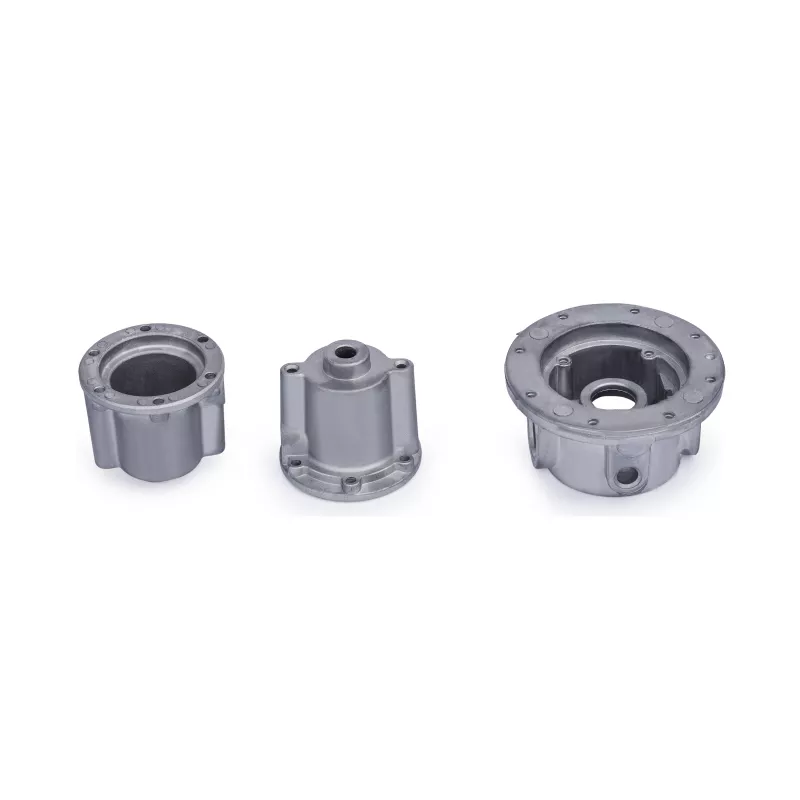
Control method of air hole defect and external shrinkage of aluminum castings
1、 Causes and control methods of air hole defects in aluminum castingsDuring aluminum alloy die casting, the liquid metal contains a lot of gas. If the melting ...

